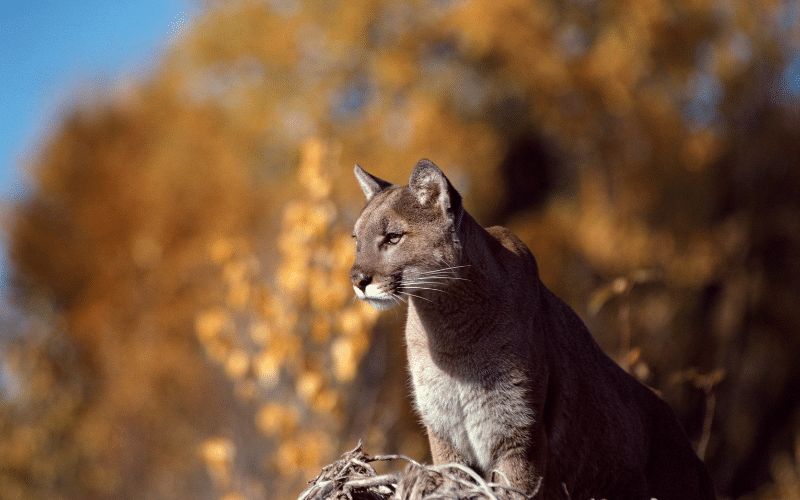Discover 15 animals in hibernation emerging this spring and where to spot them.
Who’s waking up with the sunshine? This spring, some of nature’s sleepiest heads are stirring from their deep, chilly naps.
Imagine bears stretching in their dens or hedgehogs uncurling from a ball—these are just some of the 15 snoozers on our list coming back to action.
We’re diving into the fascinating phenomenon of hibernation, where critters from bats to bees press the pause button on life to dodge the winter freeze.
Join us as we track down where these animals have been hiding and dish out some cool tips on where to spot them shaking off their winter drowsiness. Let’s go on a wake-up walk to see who’s up and about this spring!
Black Bears
The mighty black bear emerges from its den with a voracious appetite after months of fasting. Stretching their legs and taking deep breaths of fresh spring air, these magnificent creatures return to the world in search of food and adventure.
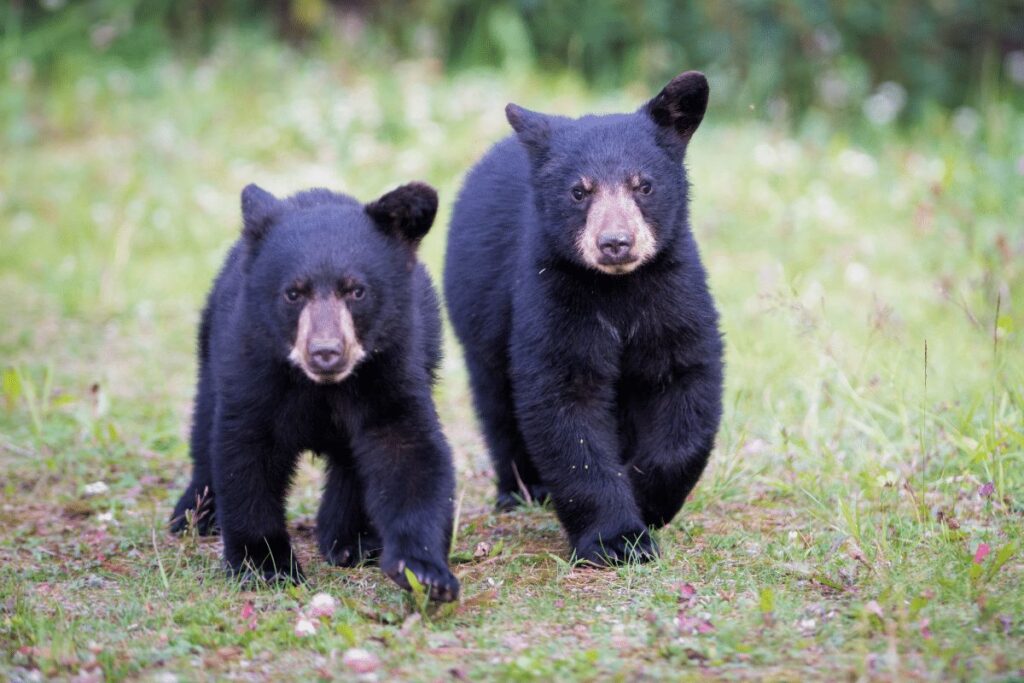
Black bears are found across North America, including the U.S. Their habitats range from forests to swamps and even mountainous regions. To catch a glimpse of these magnificent creatures, head to Great Smoky Mountains National Park, Cades Cove, or the Shenandoah National Park.
Pro tip: Visit in the early morning or late afternoon when bears are most active, and always keep a safe distance.
Grizzly Bears
Another majestic bear waking up from hibernation is the grizzly. As these giants awaken, they head straight for the nearest food source, using their keen sense of smell to locate plants, insects, and even small mammals to satisfy their hunger.
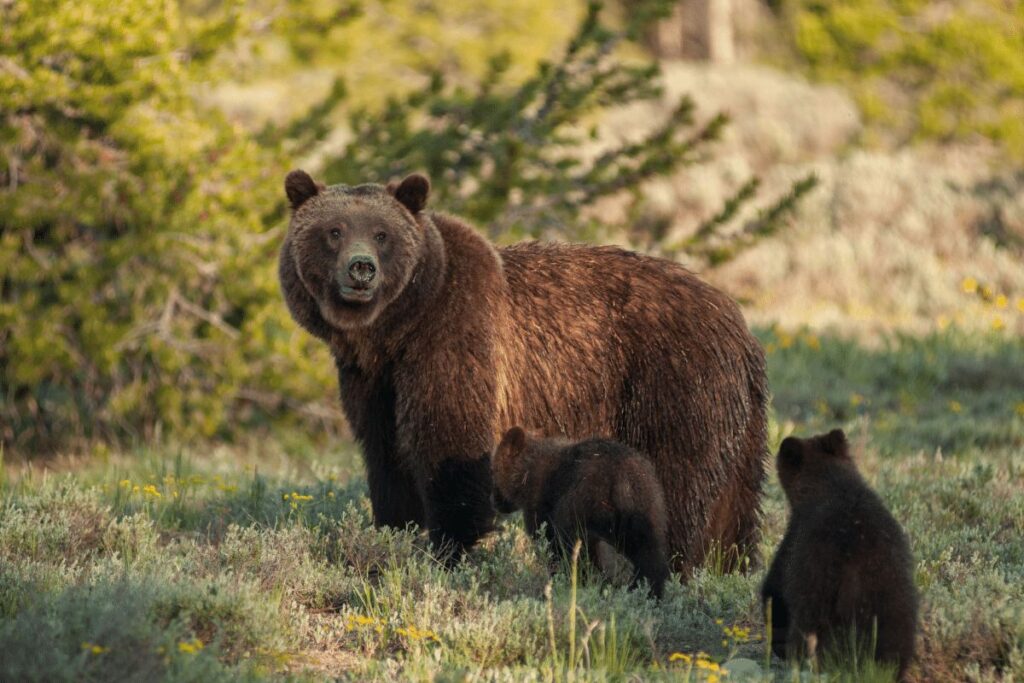
Grizzlies reside in the northwestern U.S., primarily in Montana, Wyoming, Idaho, and Washington. To see these awe-inspiring animals, visit Yellowstone National Park, Glacier National Park, or Grand Teton National Park.
Pro tip: Join a guided tour for a safe and educational experience, as grizzlies can be unpredictable and dangerous.
Hedgehogs
These adorable, spiky critters wake up groggy and disoriented after months of hibernation. Once they regain their senses, they eagerly search for food, typically insects and small invertebrates, to replenish their energy reserves.
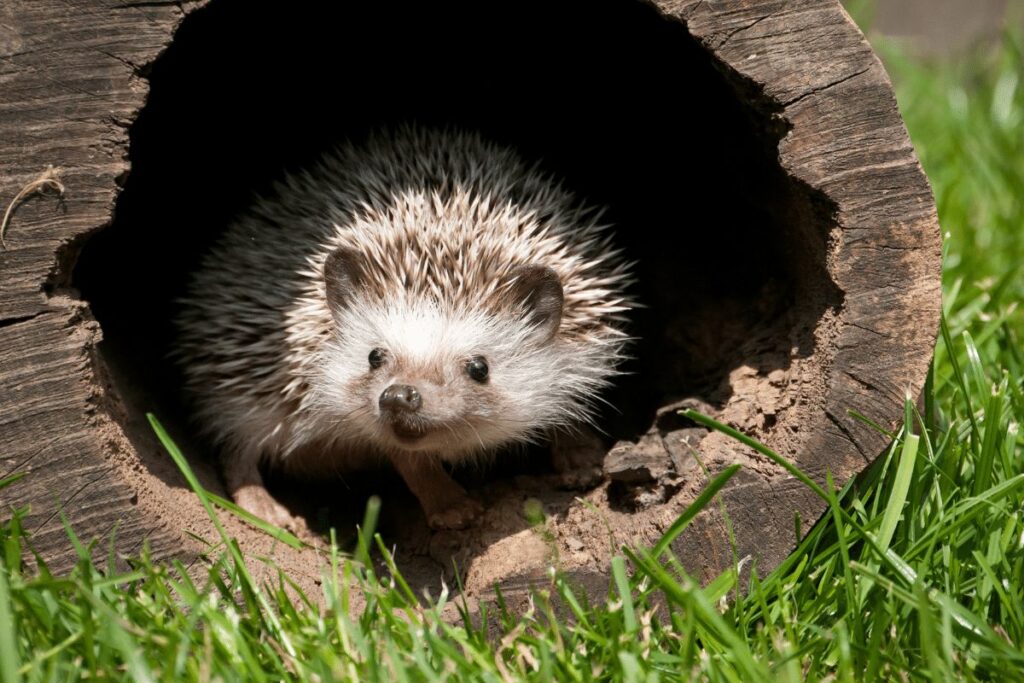
While hedgehogs are not native to the U.S., they have been introduced in some areas as pets. Spotting one in the wild is rare, but you can visit a wildlife sanctuary or rescue center to learn more about them.
Pro tip: Call ahead to ensure they have hedgehogs on-site, as not all centers care for these charming creatures.
Ground Squirrels
Energetic and agile, ground squirrels bound out of their burrows to enjoy the warmer weather. They waste no time in foraging for nuts and seeds that they cleverly stashed away before winter.
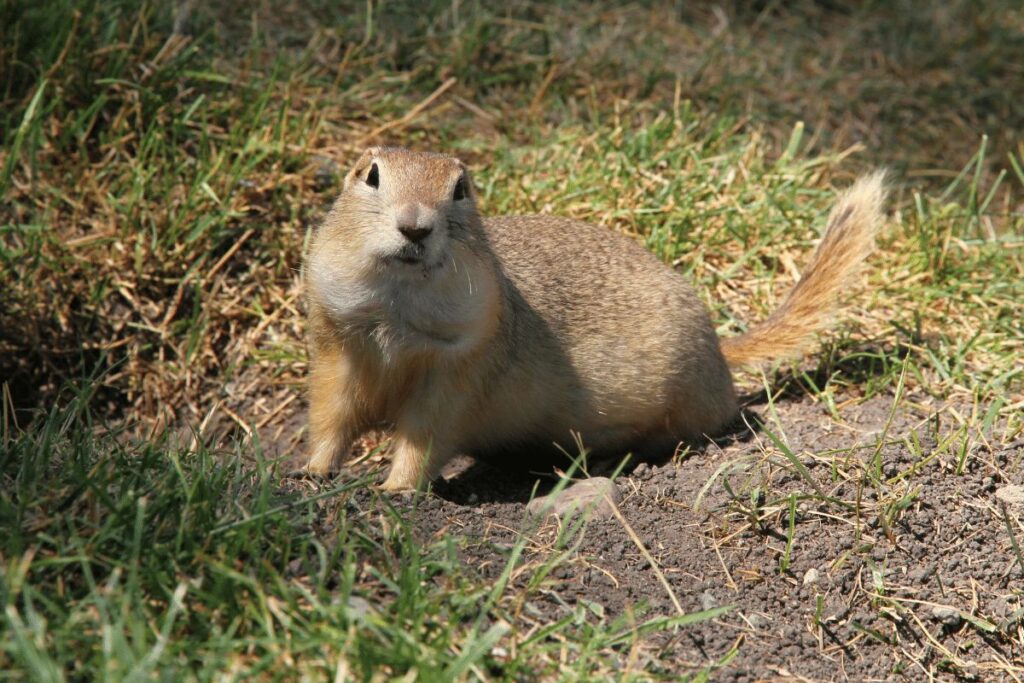
These agile rodents can be found across the U.S., from prairies to forests. Some popular places to observe ground squirrels include Yosemite National Park, Rocky Mountain National Park, and the Badlands National Park.
Pro tip: Watch for them near hiking trails, where they are known to scamper and play.
Bats
As nighttime temperatures rise, these fascinating creatures of the night awaken from their torpor. With an insatiable hunger for insects, they take to the skies in search of a satisfying meal.
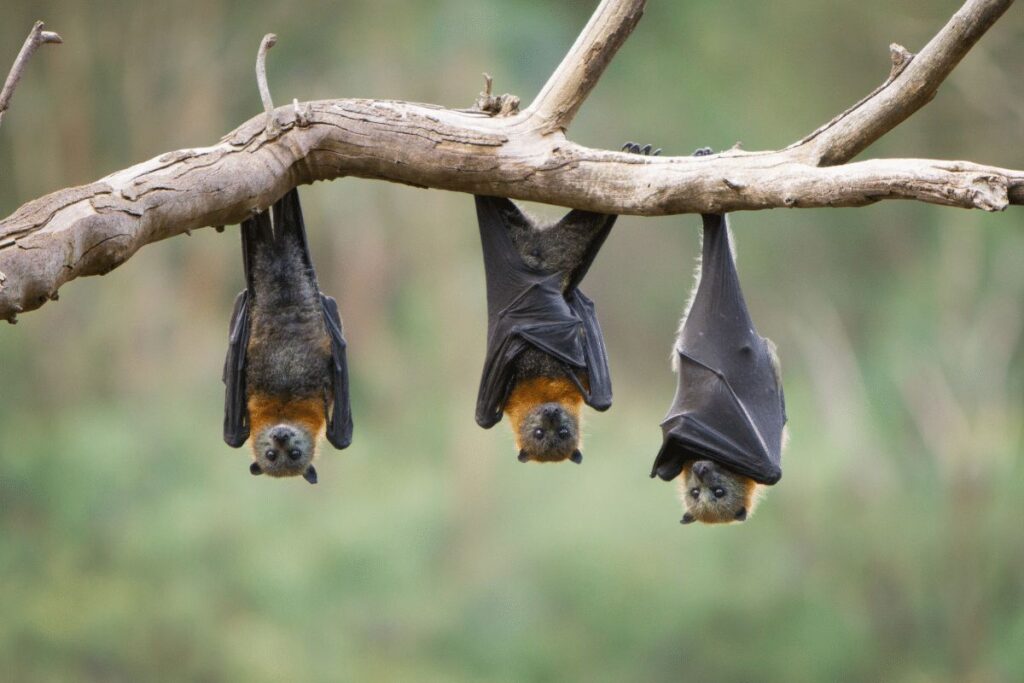
With over 40 species of bats in the U.S., you have a good chance of spotting one almost anywhere. Visit Carlsbad Caverns National Park, Bracken Cave Preserve, or Mammoth Cave National Park for a memorable bat-watching experience.
Pro tip: Join an evening bat-watching tour or visit during “bat emergence” times for the best viewing opportunities.
Garter Snakes
These small, non-venomous snakes emerge from their winter hideouts in search of food and mates. You may spot them basking in the sun, soaking up warmth to energize their cold-blooded bodies.
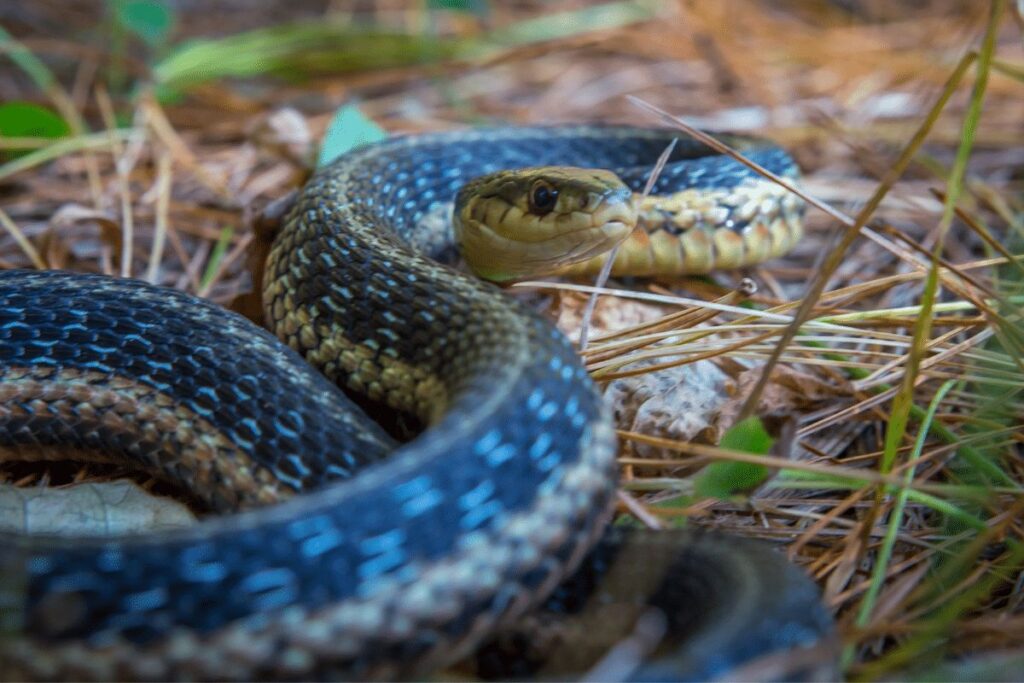
These colorful, harmless snakes can be found throughout the U.S. in various habitats. Visit the Everglades National Park, Congaree National Park, or the Great Basin National Park for a chance to see garter snakes.
Pro tip: Look for them sunbathing on rocks or near water sources, where they search for food.
Wood Frogs
With an incredible ability to survive freezing temperatures, wood frogs thaw out and come to life as spring approaches. They gather in large numbers near water sources to breed and lay their eggs.
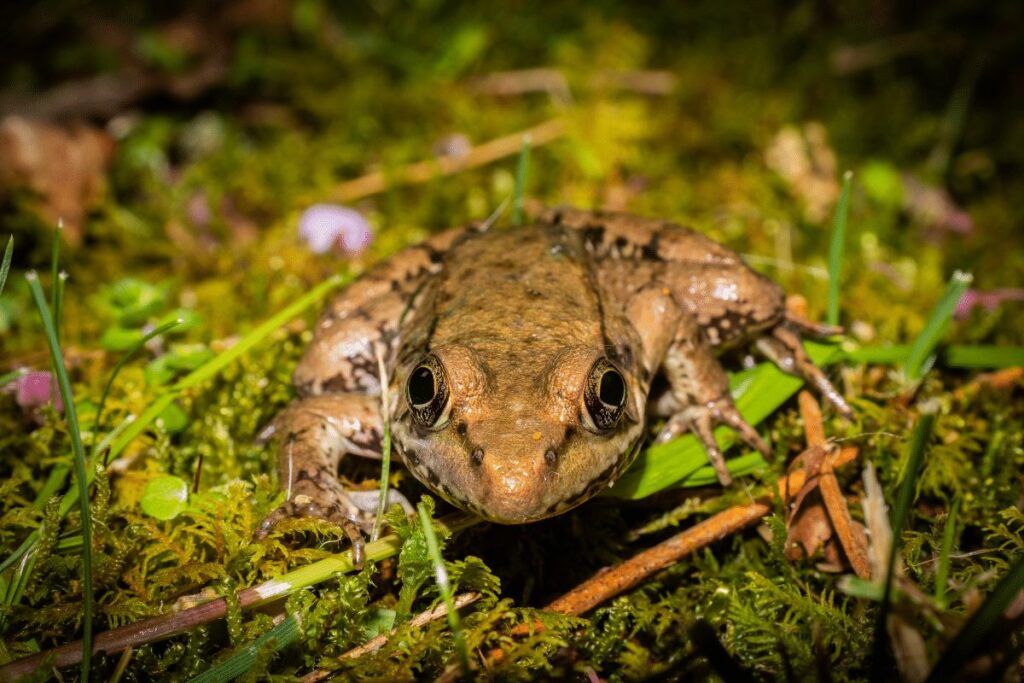
Found in the northeastern U.S., wood frogs inhabit forests and wetlands. For a chance to see these remarkable amphibians, visit the Adirondack Park, Green Mountain National Forest, or the Great Swamp National Wildlife Refuge.
Pro tip: Visit during their breeding season (late March to early May) to witness their fascinating mating rituals.
Ladybugs
These charming, polka-dotted insects awaken from their winter diapause to feed on aphids and other pests, providing a natural form of pest control in gardens and farms. These beneficial insects can be found all across the U.S., from gardens to forests.
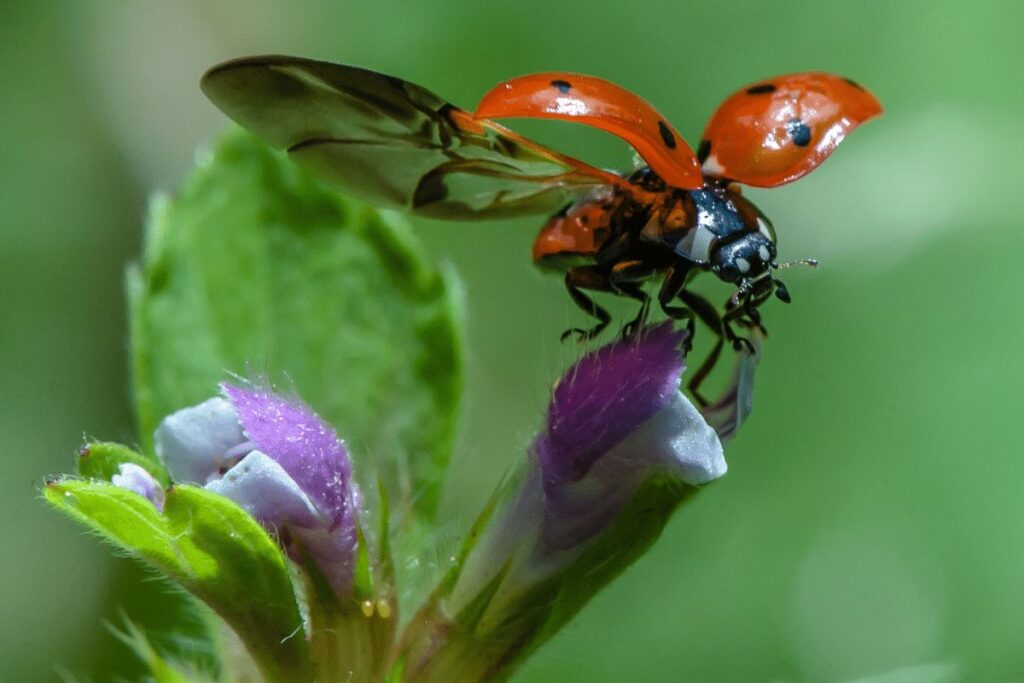
To see a spectacular display of ladybugs, visit Redwood Regional Park in California, the Chattahoochee National Forest in Georgia, or the Shenandoah National Park in Virginia.
Pro tip: Look for ladybugs on flowers and plants where they feed on aphids and other pests.
Snapping Turtles
Emerging from their muddy hibernacula, snapping turtles return to the water in search of food and mates. These ancient-looking reptiles are a fascinating sight to behold as they glide through ponds and lakes.
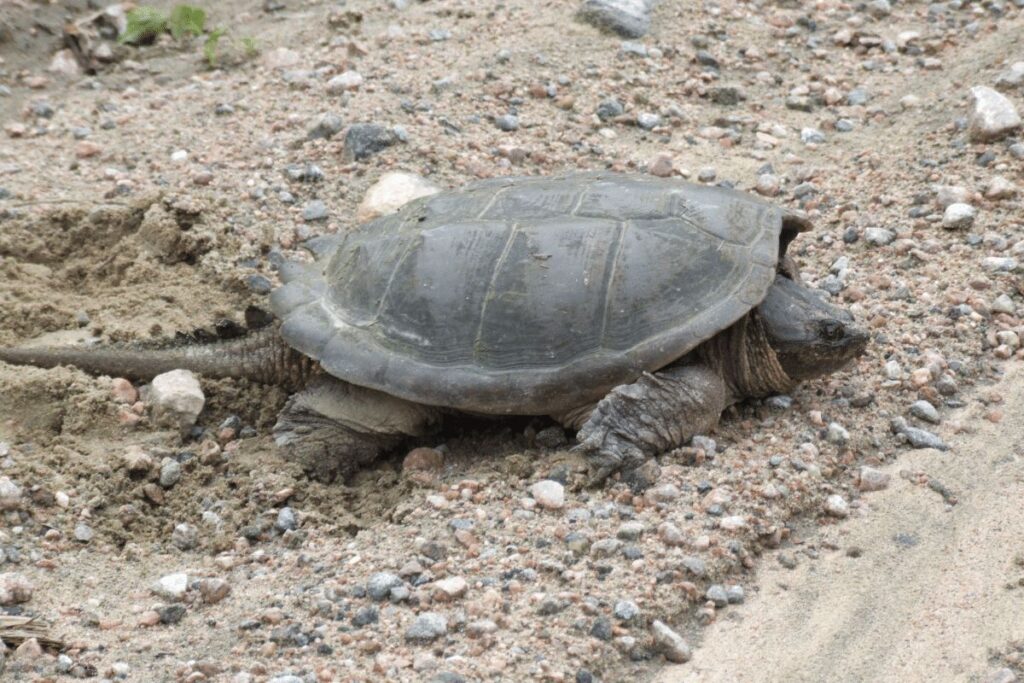
These ancient-looking reptiles can be found in freshwater habitats across the eastern and central U.S. Head to the Okefenokee National Wildlife Refuge, the Everglades National Park, or the Great Dismal Swamp National Wildlife Refuge for a chance to see them.
Pro tip: Keep an eye out near water sources, but remember to keep a safe distance as snapping turtles can be aggressive.
Common Box Turtles
With a striking shell pattern, box turtles become active once again as temperatures rise. They can be found foraging for food or basking in the sun to regulate their body temperature.
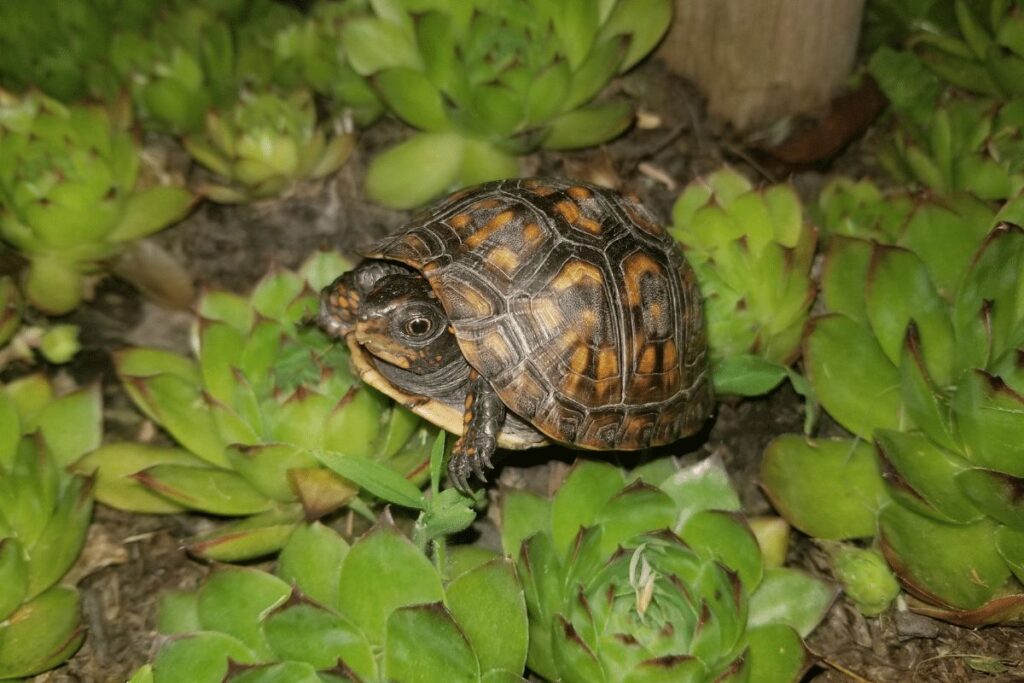
Found primarily in the eastern and central U.S., these striking reptiles inhabit forests and grasslands. Visit the Great Smoky Mountains National Park, Congaree National Park, or the Daniel Boone National Forest to spot box turtles.
Pro tip: Look for them in areas with plenty of leaf litter and vegetation, where they search for food and shelter.
Bumblebees
These fuzzy, buzzing insects emerge from their winter hibernation to collect pollen and nectar from spring flowers, playing a vital role in pollination. These fuzzy pollinators are found all across the U.S. in gardens, meadows, and forests.
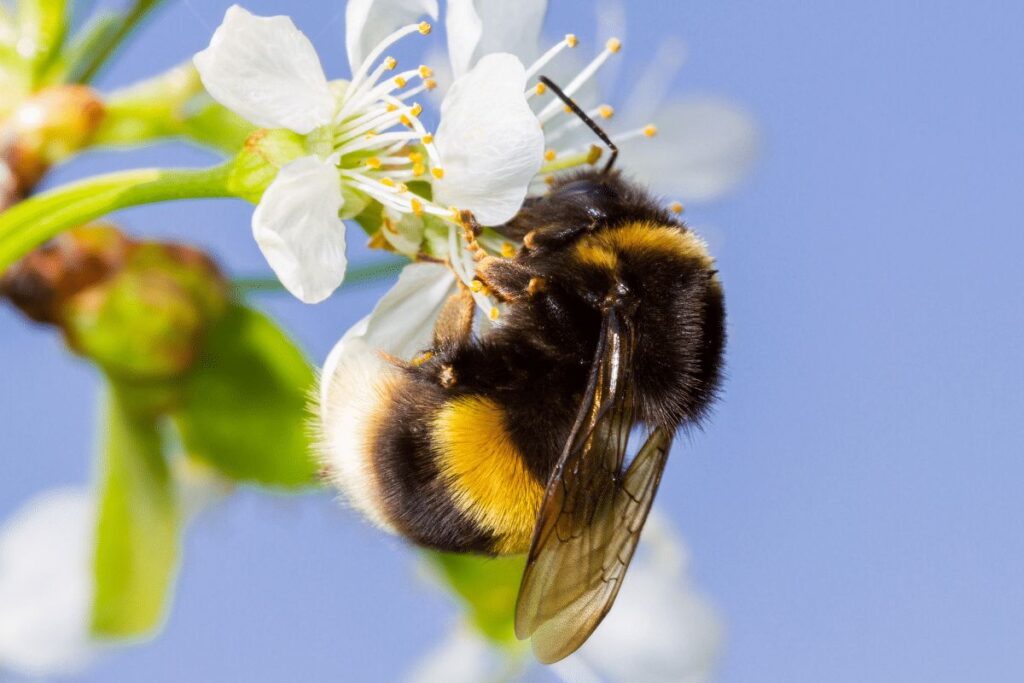
To see bumblebees in action, visit the Desert Botanical Garden in Arizona, the Brooklyn Botanic Garden in New York, or the Lady Bird Johnson Wildflower Center in Texas.
Pro tip: Plan your visit during the spring and summer months when bumblebees are most active and flowers are in bloom.
Woolly Bear Caterpillars
These black and orange-banded caterpillars awaken from their winter slumber and immediately start munching on fresh spring vegetation. Soon, they’ll transform into beautiful moths.
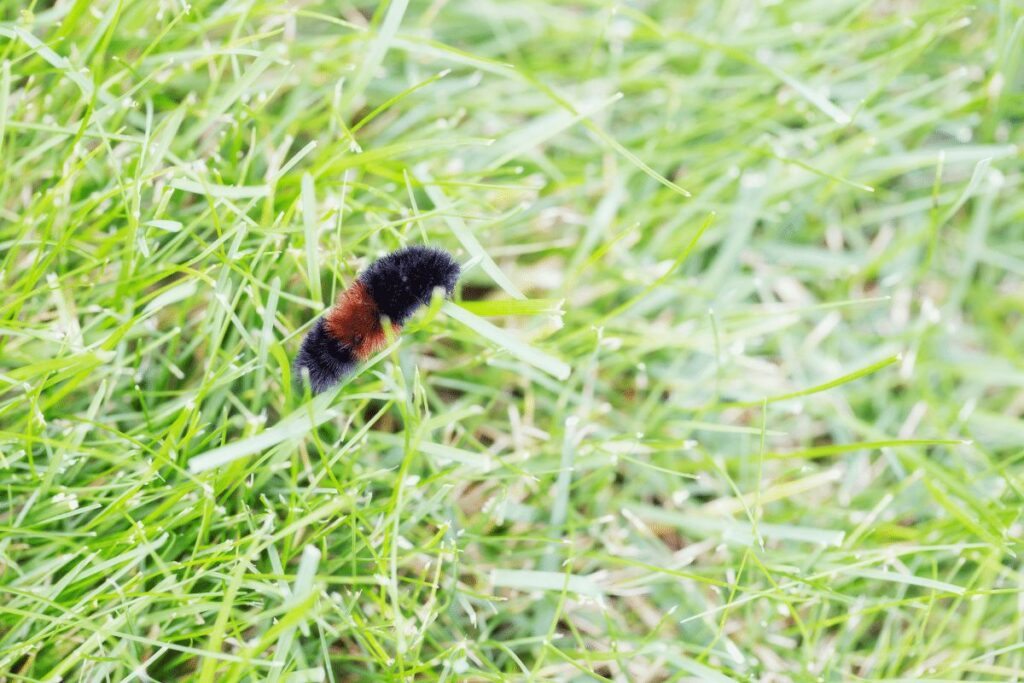
These distinctive caterpillars can be found throughout the U.S., typically in meadows, gardens, and forests. Some great locations to spot them include the Shenandoah National Park, the Rocky Mountain National Park, and the Acadia National Park.
Pro tip: Look for woolly bear caterpillars on the ground or on vegetation during the spring and fall months.
Painted Lady Butterflies
The dazzling painted lady butterflies take flight after their winter rest, filling the skies with color as they search for nectar-rich flowers. These beautiful butterflies can be found across the U.S.
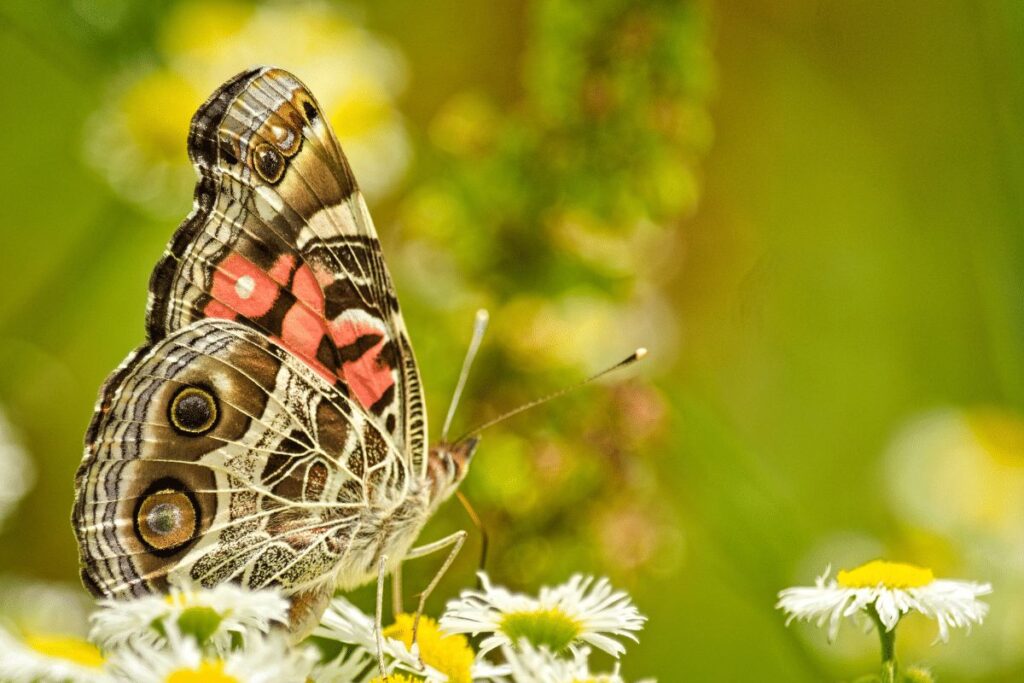
Visit the Butterfly Pavilion in Colorado, the Monarch Grove Sanctuary in California, or the Santa Barbara Museum of Natural History’s Butterfly Pavilion for a chance to see painted lady butterflies.
Pro tip: Go during the spring and summer when butterflies are most active and gardens are in full bloom.
Common Toads
As these warty amphibians awaken from hibernation, they embark on an epic journey to their breeding ponds, where they engage in a lively mating ritual. The arrival of common toads is a sure sign that spring has sprung!
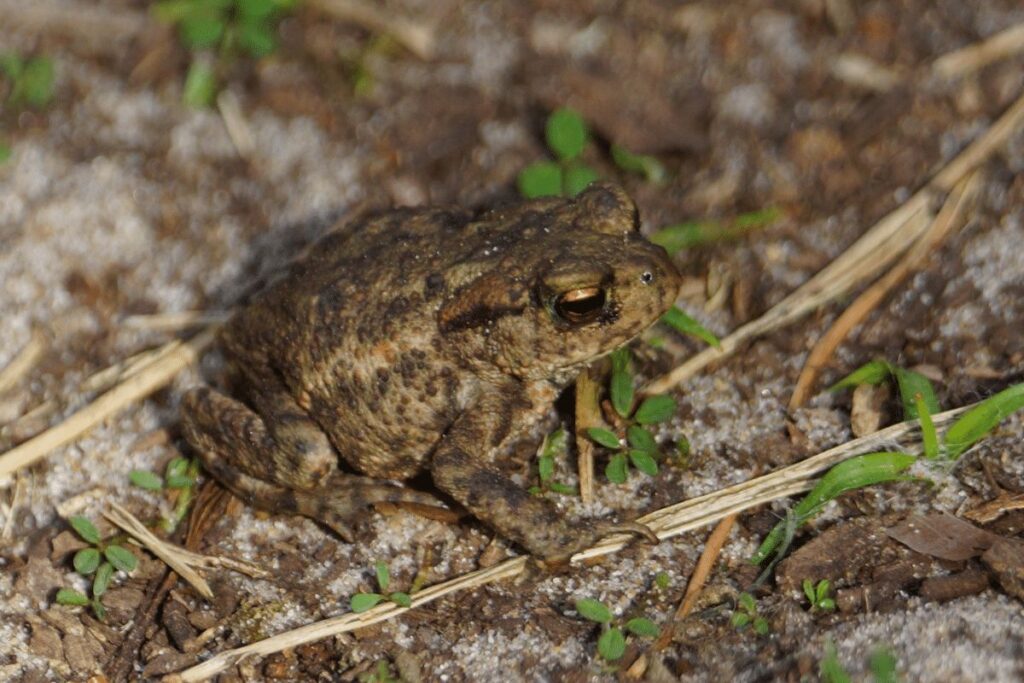
Found throughout the eastern and central U.S., these warty amphibians inhabit a variety of habitats. Head to the Great Swamp National Wildlife Refuge, the Indiana Dunes National Park, or the Canaan Valley National Wildlife Refuge to spot common toads.
Pro tip: Visit during the spring months when toads migrate to their breeding ponds, and listen for their distinctive calls.
Dormice
With their big eyes and bushy tails, dormice are a delightful sight to see as they emerge from their winter sleep. These small rodents become active once more, foraging for fruits, nuts, and insects to satisfy their hunger.
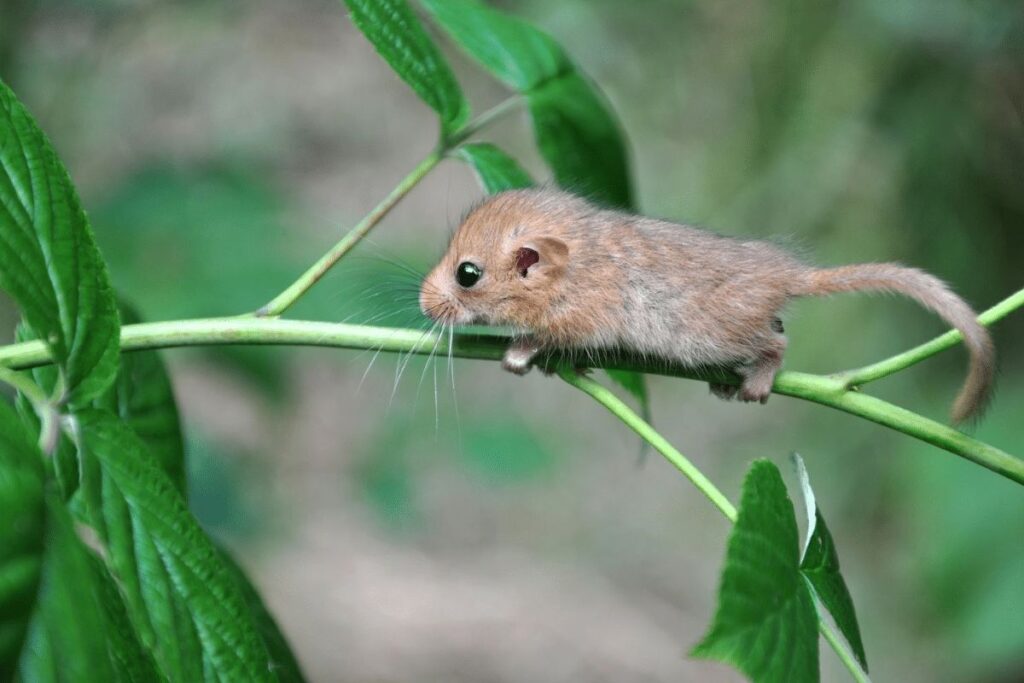
While dormice are not native to the U.S., you can still learn about and observe these fascinating rodents at accredited zoos and wildlife centers. Check out the Smithsonian’s National Zoo in Washington, D.C., the San Diego Zoo, or the Bronx Zoo in New York City.
Pro tip: Call ahead or check online to see if the facility houses dormice, as not all zoos have them in their collections.
Conclusion
As the world around us comes alive with the vibrant colors and sounds of spring, so too do these incredible animals in hibernation.
Each species has its unique way of awakening and embracing the new season, offering us a fascinating glimpse into the resilience and adaptability of nature.
So, keep your eyes peeled for these remarkable creatures as you explore the great outdoors this spring!
As you explore the natural beauty of the United States, keep an eye out for these remarkable animals as they awaken from hibernation and embrace the warmer temperatures of spring.
Remember to always observe wildlife responsibly and safely, keeping a respectful distance and following any guidelines provided by parks and wildlife areas.
Happy wildlife watching!



